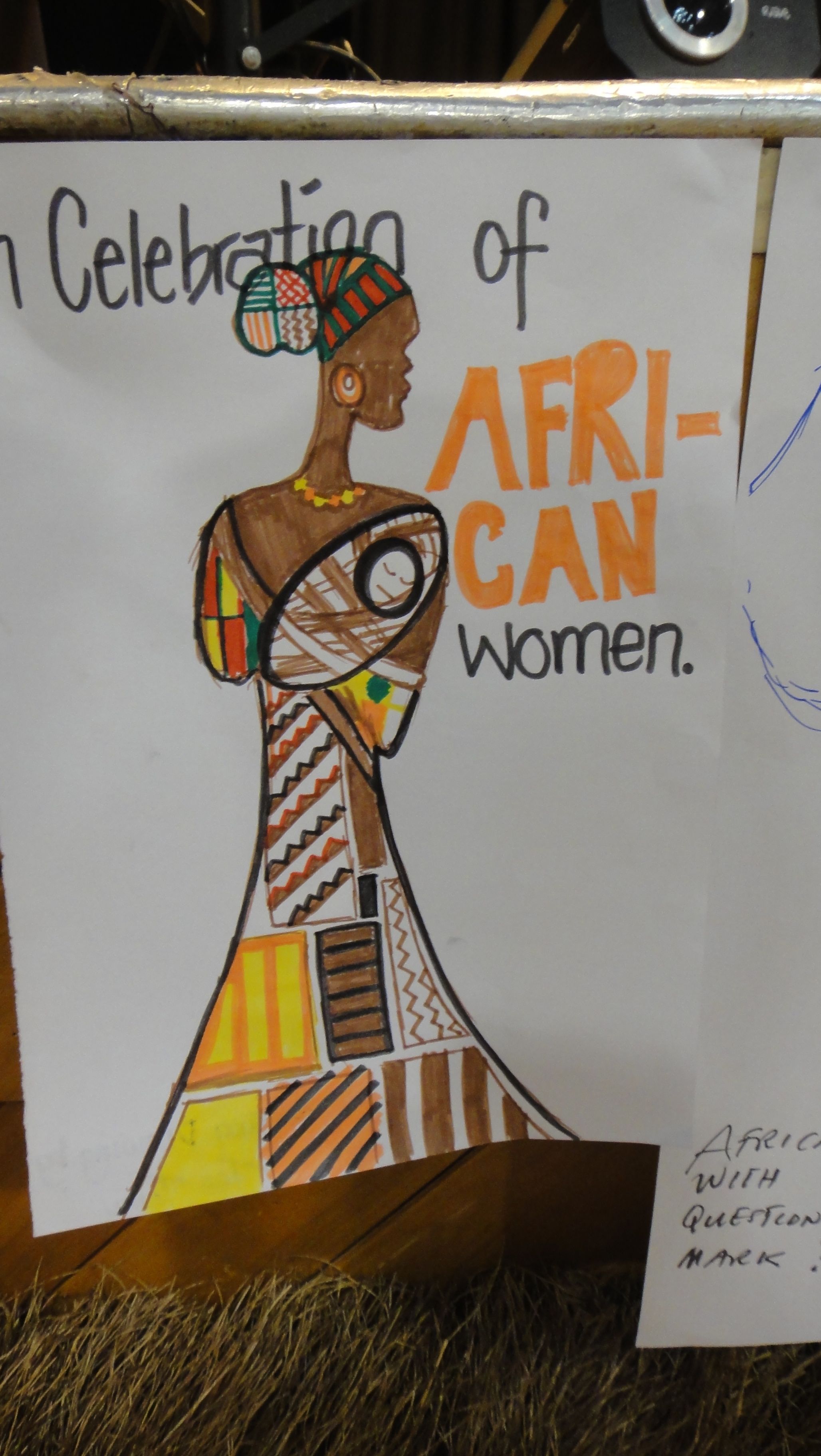I was honoured to be invited by the African Community Forum Incorporated to attend and speak at an event on March 10th 2012 to celebrate International Women’s Day. I have written elsewhere about my links with East Africa. Briefly, I was born in Tabora Tanzania and lived in Nairobi, Kenya until the age of ten, when my family migrated to New Zealand. Originating from Goa, India, both sets of grandparents moved to Tanzania in the late 19th Century and both my parents were born there. Until moving to New Zealand I was fluent in both Swahili and Maragoli. The African part of my identity rarely gets the opportunity to play, so I was thrilled to attend the event.
Indians in Africa
Many people might be surprised to know that the Indian connection to Africa goes back three thousand years. Indians were traders and later sojourners. The British indentured labour scheme which replaced slave labour, ushered a new era of cheap and reliable labour for plantations and the building of railways. The construction of the great railway from Mombasa to Lake Victoria in Uganda in the late nineteenth century brought fifteen thousand (of the sixteen thousand) workers or ‘coolies’ from India. Tragically one quarter of them died or returned disabled (Sowell, 1996). Indians (especially Goans) were also recruited to run the railways after they were built (as my grandparents were) and Goans came to dominate the colonial civil services.
Africans in New Zealand
The history of African migration to New Zealand is much more recent. Te Ara online encyclopedia notes that the first black African in New Zealand was travelling on James Cook’s second voyage as a servant (no name is provided) and later killed by Maori in 1773. The 1871 New Zealand census recorded 34 people who were born in ‘British African Possessions’ and another 31 from other African countries. The 1911 census recorded 92 African-born people. However, these African born people were likely to have been white given the mobility of white settlers through the then British Empire. The 1916 census recorded 95 “Negroes” referring to African Americans and six African born people, four Abyssinians (Ethiopians) and two Egyptians. The Colombo Plan saw the arrival of Black Africans as students in the 1960s, some of whom remained in New Zealand and had families. During the 1970s two groups of Africans arrived in New Zealand. White Rhodesians who were escaping from the war and two hundred Ugandans (not sure if they were all Asian Ugandans) who were ejected by Idi Amin. The number of African born residents (mainly from Commonwealth countries) increased to 3,939 Africans by 1986, but again were mainly white. It was not until the changes in migration policy of 1987 that there were significant demographic changes as a result of the development of a formal refugee quota which saw arrivals especially from Ethiopia (1991-3), Somalia (1992-4), Rwanda (1994) and the shift to a migration points policy which saw a greater number of African people coming New Zealand as migrants. The 2006 Census 10,647 or 0.3% of the population identified as African. 4,806 Africans reside in Auckland and 5,841 outside of Auckland. In the 10 years between 1991 and 2001 the number of women from African countries increased considerably with numbers of women from South Africa, Zimbabwe and Somalia more than quadrupling in that time (Statistics New Zealand, 2005).
The growth of the African community is an exciting development and the event organised by ACOFI was a fantastic celebration of Pan-African culture and the vitality and energy of the community. I look forward to taking part in more events and improving my now very rusty Swahili! By the way, the art work is from a drawing competition run on the night. My big thanks to all the organisers especially Carlos Carl, Boubacar Coulibaly and Sharon Sandra Paulus and all the people that worked hard to make the event happen.


